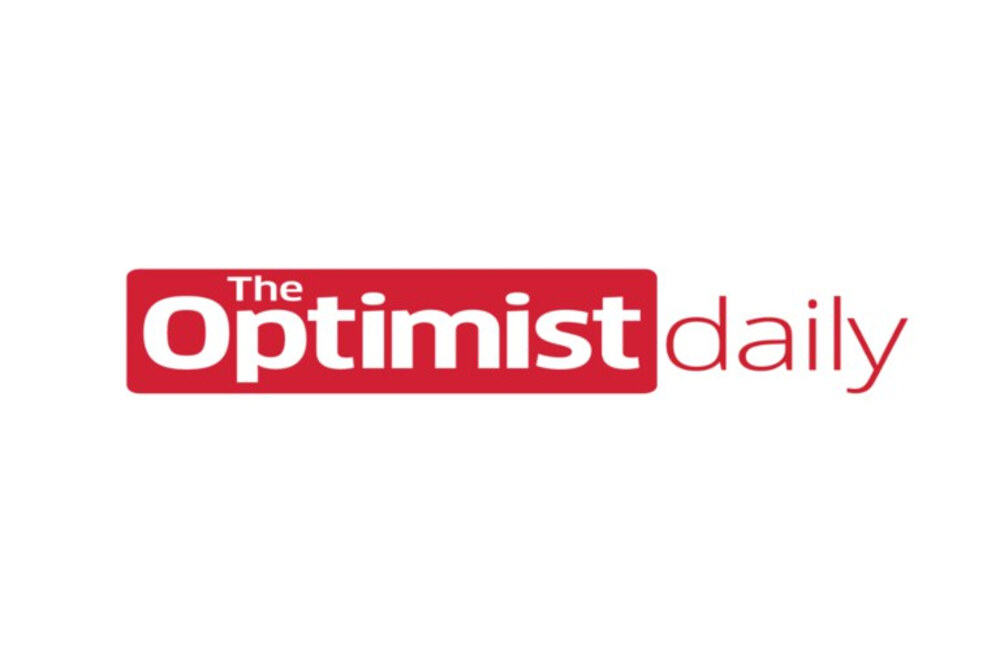Many urban highways from the 1950s and 1960s were deliberately built through neighborhoods primarily occupied by people of color, effectively walling these families off from economic opportunity and disrupting their sense of community. These same roads also increase the risks of air pollution for these communities. One of the biggest examples of highway injustice is the Cross Bronx Expressway. The six-lane freeway splits the Bronx in two and contributes to some of the highest asthma rates in the country, but fortunately, the Department of Transportation is orchestrating a plan to reduce the impact of the road.
A $2 million feasibility study has outlined a $1 billion project that would reduce pollution from the freeway and help reconnect communities disrupted by its placement. The project includes plans to surround parts of the freeway with noise-blocking structures and greenspace and air filters to absorb pollution. It also outlines pedestrian walkways that would facilitate easier mobility between either side of the freeway.
Columbia University researcher Peter Muennig, who has been studying the Cross Bronx capping since 2017, estimates that the plan would save residents who live close to the freeway $317 each in future health costs and would provide about a month and a half of extra life lived in perfect health.
Some of the roadways will also be placed underground, replicating areas like the Hudson tunnel, where pipes are used to filter pollution out of the underground tunnel.
Constructed under the supervision of Robert Moses from 1948 to 1972, the expressway disrupted the community of 250,000 people living in the South Bronx. “The Cross Bronx has long been a structure of environmental racism,” said US representative Ritchie Torres. “We have as good of an opportunity as any to reverse the legacy of Robert Moses in the South Bronx.”











